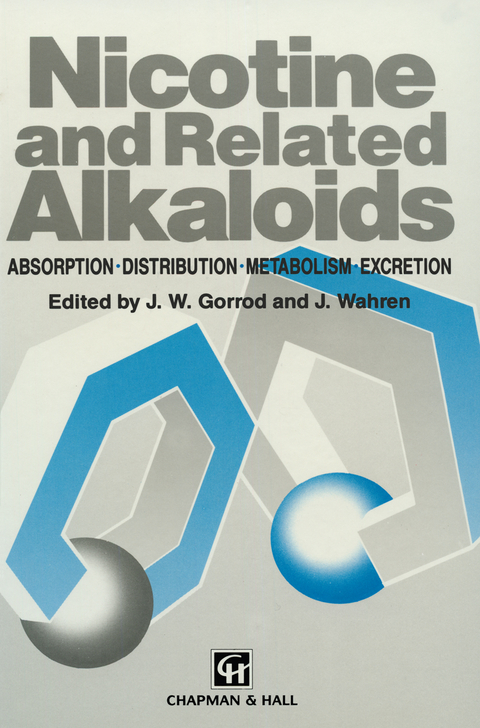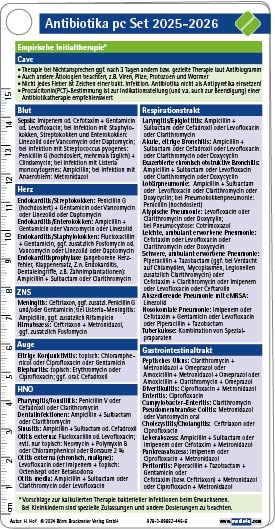
Nicotine and Related Alkaloids
Springer (Verlag)
9789401049368 (ISBN)
1 Biosynthesis and metabolism of nicotine and related alkaloids.- 1.1 Introduction.- 1.2 Alkaloid biosynthesis.- 1.3 Regulation of nicotine content in tobacco plants.- 1.4 Alkaloid transformations during senescence and curing.- Acknowledgement.- References.- 2 The mammalian metabolism of nicotine: an overview.- 2.1 Introduction.- 2.2 Primary carbon oxidation products of nicotine.- 2.3 The metabolism of cotinine.- 2.4 The metabolism of nornicotine.- 2.5 The metabolism of 4-(3-pyridyl)-4-oxobutyric acid.- 2.6 The N-oxidation of nicotine.- 2.7 Methylation reactions of nicotine and cotinine.- 2.8 Conjugation reactions.- 2.9 Conclusions.- Acknowledgement.- References.- 3 The roles of cytochrome P450 in nicotine metabolism.- 3.1 Introduction.- 3.2 Mechanisms of cotinine formation.- 3.3 Forms of cytochrome P450 participating in hepatic microsomal nicotine oxidation.- 3.4 Regulation of cytochrome P450 dependent nicotine metabolism.- Acknowledgements.- References.- 4 Nicotine metabolism beyond cotinine.- 4.1 Introduction.- 4.2 Oxidation of nicotine.- 4.3 Metabolism of cotinine.- 4.4 Conclusions.- References.- 5 N-Oxidation, N-methylation and N-conjugation reactions of nicotine.- 5.1 Introduction.- 5.2 N-Oxidation reactions of nicotine.- 5.3 N-Methylation reactions of nicotine.- 5.4 Glucuronidation reactions of nicotine.- 5.5 Nicotinamide nucleotide analogues of nicotine and cotinine.- References.- 6 Extrahepatic metabolism of nicotine and related compounds by cytochromes P450.- 6.1 Introduction.- 6.2 Pathways and enzymes of nicotine metabolism.- 6.3 Cytochrome—P450 isozyme specificity of nicotine metabolism.- 6.4 Extrahepatic metabolism of nicotine in relation to the localization of enzymes potentially participating in nicotine metabolism.- 6.5 Extrahepatic activation oftobacco-specific nitrosamines.- 6.6 Contribution of extrahepatic metabolism to the pharmacokinetics and toxicity of nicotine and related compounds.- 6.7 Unanswered important questions and suggestions for future work.- 6.8 Conclusions.- References.- 7 The metabolic fate of the minor tobacco alkaloids.- 7.1 Introduction.- 7.2 The metabolic fate of cotinine.- 7.3 ?-Nicotyrine.- 7.4 Other minor tobacco alkaloids.- Acknowledgement.- References.- 8 Nicotine and metabolites: analysis and levels in body fluids.- 8.1 Introduction.- 8.2 Nicotine and cotinine.- 8.3 3’-Hydroxycotinine.- 8.4 Glucuronic acid conjugates of nicotine, cotinine and trans-3’-hydroxycotinine.- 8.5 N-Oxides of nicotine and cotinine.- 8.6 N-Methylated derivatives of nicotine and cotinine.- 8.7 Nor- derivatives of nicotine and cotinine.- 8.8 Summary.- References.- 9 Kinetics of nicotine and its metabolites in animals.- 9.1 Introduction.- 9.2 Absorption kinetics and first-pass metabolism.- 9.3 Disposition kinetics.- References.- 10 Pharmacokinetics of (S)-nicotine and metabolites in humans.- 10.1 Introduction.- 10.2 Stable isotope methodology.- 10.3 Synthesis of labelled nicotine and metabolites.- 10.4 Analytical methodology.- 10.5 Pharmacokinetics of (S)-nicotine-3’,3’-d2.- 10.6 Pharmacokinetics of nicotine in smokers and nonsmokers.- 10.7 Bioavailability studies.- 10.8 Urinary excretion of nicotine metabolites.- 10.9 Pharmacokinetics of cotinine formation and elimination.- 10.10 Future studies.- 10.11 Conclusion.- Acknowledgements.- References.- 11 Sources of inter-individual variability in nicotine pharmacokinetics.- 11.1 Introduction.- 11.2 Absorption of nicotine.- 11.3 Distribution of nicotine.- 11.4 Metabolism of nicotine.- 11.5 Excretion of nicotine.- 11.6 Implications of inter-individualvariability in nicotine pharmacokinetics.- Acknowledgements.- References.- 12 Physiologically based pharmacokinetic modelling of nicotine.- 12.1 Physiologically based pharmacokinetic modelling.- 12.2 Potential utility of a PBPK model of nicotine.- 12.3 Development of the PBPK model of nicotine and cotinine in humans.- 12.4 Application of a multi-metabolite PBPK model of nicotine to exposure assessment.- 12.5 Low level nicotine exposure model.- 12.6 PBPK and nicotine pharmacodynamics.- 12.7 Summary.- Acknowledgements.- References.- 13 New methods for probing the disposition of nicotine in humans.- 13.1 Introduction.- 13.2 Regional catheterization.- 13.3 Positron emission tomography (PET).- 13.4 Nuclear magnetic resonance (NMR) techniques.- References.
| Zusatzinfo | XVII, 299 p. |
|---|---|
| Verlagsort | Dordrecht |
| Sprache | englisch |
| Maße | 155 x 235 mm |
| Themenwelt | Medizin / Pharmazie ► Medizinische Fachgebiete ► Pharmakologie / Pharmakotherapie |
| Medizin / Pharmazie ► Medizinische Fachgebiete ► Schmerztherapie | |
| Medizin / Pharmazie ► Pharmazie | |
| Naturwissenschaften ► Biologie ► Biochemie | |
| ISBN-13 | 9789401049368 / 9789401049368 |
| Zustand | Neuware |
| Informationen gemäß Produktsicherheitsverordnung (GPSR) | |
| Haben Sie eine Frage zum Produkt? |
aus dem Bereich


